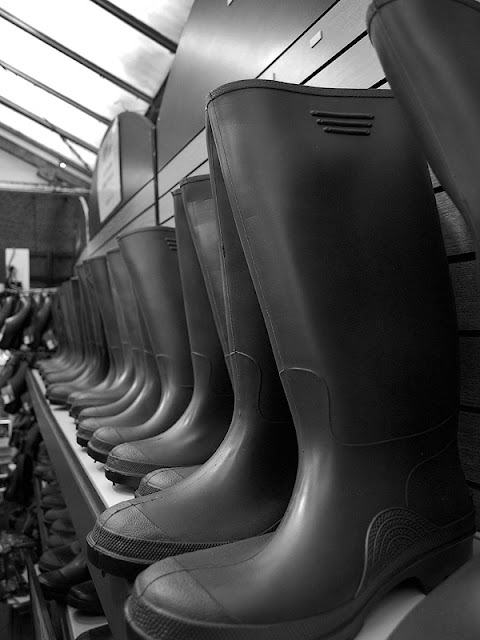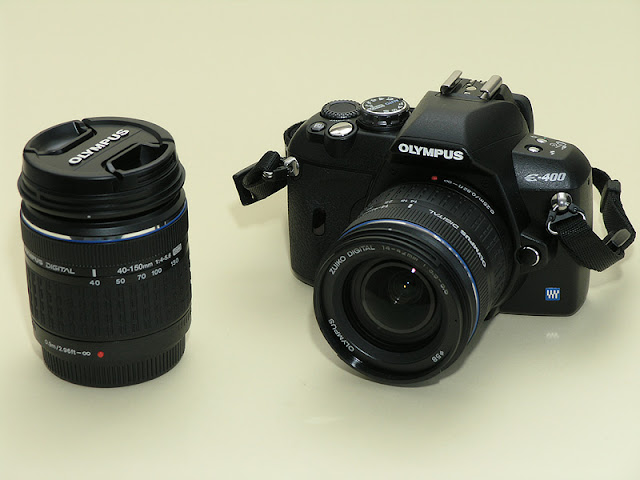Patterns Three
So, to continue the story: After a couple of years with the Olympus 8080 (a very nice camera actually) I decided I needed something faster, with a removeable lens. Clearly this argument is heading me towards a DSLR, but they were all so big, heavy and expensive.
It was just about this time that Olympus brought out the E400, billed as the smallest DSLR in the world. Here was a worthy candidate at last. I bought mine with two kit lenses and set about finding its capabilities and its weaknesses.
Some more patterns and shapes images for you, taken with the E400.
This set up produced nicer pictures than any of my previous digital cameras. The lenses were really not bad at all, and the pictures were clean and sharp and not afflicted by noise. It was only when I traded up to my current camera and lens set that I realised just how good Olympus kit lenses are. Their semi-pro glass is better, but the kit lens pair are already so good that the difference is not enormous.
This is a ten megapixel camera, and this is where the law of diminishing returns applies. The difference between an 8Mp camera and a 12Mp camera is barely visible. If you want to double the spatial resolution you need to get a new pixel jammed in between each of your curent pixels. This means you need twice as many pixels horizontally and vertically. This, to make the change really noticable you need to change from 8Mp to 32Mp...
That's a thought to consider, eh?
This is a ten megapixel camera, and this is where the law of diminishing returns applies. The difference between an 8Mp camera and a 12Mp camera is barely visible. If you want to double the spatial resolution you need to get a new pixel jammed in between each of your curent pixels. This means you need twice as many pixels horizontally and vertically. This, to make the change really noticable you need to change from 8Mp to 32Mp...
That's a thought to consider, eh?
The old* Olympus E400 and it's kit lenses.






Comments
Post a Comment